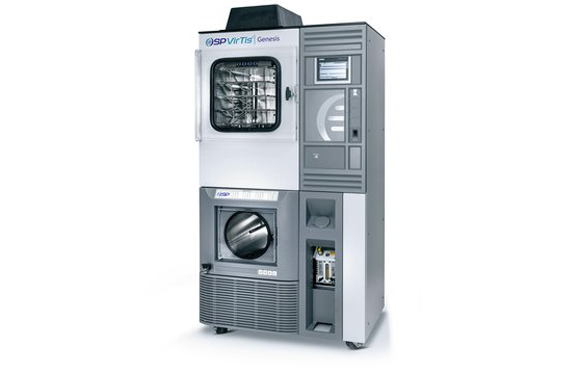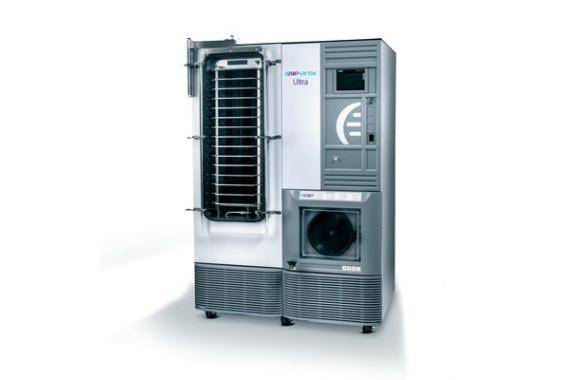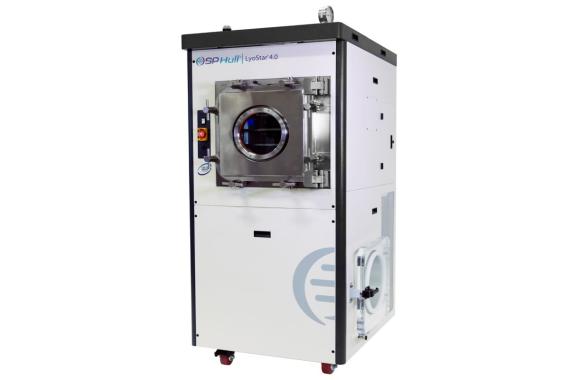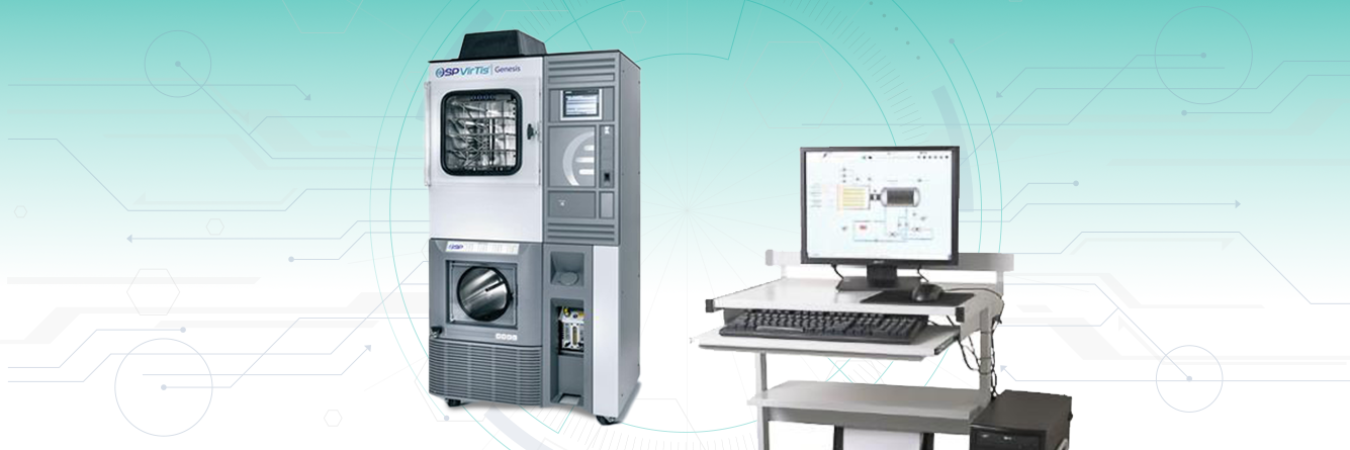The freeze-drying of bacteria is a widely established method for preserving and storing bacteria for long periods of time. This process is used to preserve bacteria, fungi, yeasts, proteins, nucleic acids and any other molecule that can be deteriorated by the presence of water.
Different approaches have been developed over the years, but they all follow the standard process associated with freeze-drying. There are crucial steps to this process, including:
- Selecting the freeze drying medium: When selecting a freeze-drying medium for preserving bacteria, it is important to choose a solution that maintains their viability. Ingredients such as mannitol, skim milk and bovine serum albumin are used to form a solid “tablet.” Sucrose is a common lyoprotectant, whereas salts should not be used. Some common solutions include 20% skim milk and 5-10% sucrose. ATCC suggests Reagent 18, which combines sucrose and BSA for good freeze-drying and storage.
- Preparing the bacteria: The process is carried out preferably with healthy, actively growing cells. Cells are harvested, suspended and freeze-dried at high cell densities to preserve their long-term viability.
- Freeze-drying process: A basic freeze-drying process can be divided into three stages: freezing, primary drying and secondary drying.
- Freezing: Rapid freezing of bacteria prior to vacuum drying can be done by immersing the vials in a bath of dry ice or ethanol. This method preserves the viability of the cells but makes it more difficult to remove the water. Slower freezing creates larger ice crystals in the sample, allowing the water to be removed more quickly. It is advisable to test the freezing process before freeze-drying large numbers of samples.
- Primary Drying (for removing free water): After freezing, bacterial samples can be dried by applying a vacuum. High efficiency pumps are needed to remove water effectively. During primary drying, the temperature of the sample is gradually increased to allow the water to sublimate without melting. The use of agents that form a matrix helps maintain the shape of the sample during the process. The length of the primary drying stage varies according to the sample size.
- Secondary Drying (for removing residual water): In the secondary drying stage, chemically bound water is eliminated by increasing the temperature of the sample. It is important to avoid overdrying the bacteria and using temperatures that are too high. In basic systems, primary drying is combined with secondary drying, while in shelf freeze dryers the two stages can be separated. After drying, vials and bottles must be permanently sealed and labeled.
Steroglass freeze-drying instruments: the GENESIS, ULTRA and LYOSTAR models
Steroglass offers advanced solutions for freeze-drying with the GENESIS, ULTRA and LYOSTAR models. These models are designed to provide optimal performance and advanced functions during the freeze-drying process.
The Genesis Freeze Dryer
The Genesis Pilot Freeze Dryer is a compact, mobile pilot freeze dryer with wheels, designed to facilitate production scalability. The standard version includes the Intellitronic PLC and Wizards 2.0 software. Applications include process development and small-scale production, diagnostic production, bone and tissue banking, regenerative medicine, bulk freeze-drying of natural extracts and chemicals, and freeze-drying in vials.


The Ultra Freeze Dryer
If you need to carry out pilot tests or small/medium scale production, the Ultra Pilot and Production Freeze Dryer is an ideal choice. Its compact size and mobility, with wheels for easy transport, allow it to be easily adapted in the laboratory or moved between different production areas.
The Lyostar Freeze Dryer
The Lyostar freeze dryer is an advanced instrument with outstanding precision and reliability. It is available in two models: the Lyostar 3 for the development and optimization of freeze-drying cycles, and the Lyostar 4 for freeze-drying products in vials on shelves. Both offer sophisticated controls, SMART Freeze Dryer technology and ControLyo controlled nucleation options. The Lyostar 4 is considered the most advanced freeze dryer, with a 4-shelf configuration and additional features such as LyoFlux TDLAS and Tempris.

With our vast experience and cutting-edge technologies, we can provide you with the specialized advice, technical support and tailor-made solutions you need to optimize your freeze-drying processes. We know how crucial it is to guarantee the highest quality and stability of your products, and we are here to make our knowledge and resources available to you!
